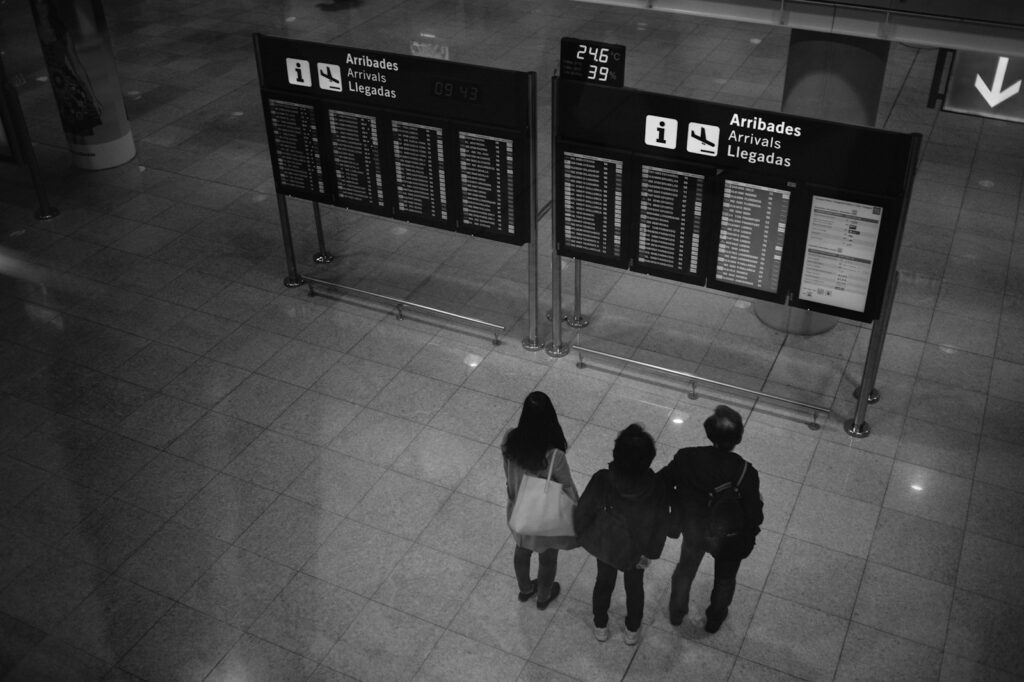The advent of ETIAS, the European Travel Information and Authorization System, is revolutionizing the way travelers can access Europe. With its implementation, citizens of more than 50 countries, who currently do not require a visa to visit the Schengen Area, will be required to obtain an ETIAS authorization to enter European countries. In this article, we will explore in depth what ETIAS is, how it works and what requirements and advantages it offers.
What is ETIAS?
ETIAS, which stands for European Travel Information and Authorization System (ETIAS), is a system that has been created by the European Union to increase security at Europe's external borders. Although it resembles a visa, in reality it is not a visa; it is a travel authorization for those coming from countries that are exempt from visa requirements. From 2025, this permit will be a prerequisite for access to most countries in the Schengen Area. Although similar to the U.S. ESTA, ETIAS has a broader focus that includes travel reasons such as tourism, business and medical care.
ETIAS Objectives
The creation of ETIAS has multiple objectives:
- Improving safetyHelps to identify and mitigate potential threats before travelers enter European territory.
- Border controlFacilitates better border control, allowing the filtering of those who may present a security risk.
- Speeding up trafficAlthough it introduces a new requirement, it is intended not to interfere with the free movement of persons, typical in the Schengen zone.
Who needs to process ETIAS?
Any individual wishing to travel to Europe from one of the 62 countries that have visa-free access to the Schengen area. Among the countries that require this authorization are:
Uruguay
Argentina
Australia
Brazil
Chile
Colombia
Costa Rica
Mexico
Venezuela
ETIAS is not required for citizens of the European Union nor for those in possession of a valid visa. ETIAS allows entry to any country in the Schengen area, always starting from the first country indicated in your application.

ETIAS Application Process
The process for obtaining an ETIAS authorization is quite simple and will be done entirely online. The basic steps are described below:
- Complete an application formYou must enter your personal data, passport information and answer some security questions.
- Payment of fees: When submitting your application, a one-time fee is required, which can be paid by credit or debit card, the authorization will cost 7 euros for adults, while minors will not pay.
- Data evaluationThe information provided will be compared with multiple security databases (e.g. Schengen information systems, Interpol, Europol, among others).
- Receipt of resultsIn most cases (more than 95% of the requests) the approval will be automatic and you will receive a response in less than 10 minutes. If there are any alerts, your request will be reviewed manually.
Necessary Documentation
To apply for ETIAS, you will need the following:
- Valid passport with at least three months validity after departure date.
- E-mail to receive confirmations and notifications.
- Credit or debit card to pay the fee.
Advantages of ETIAS
The advantages of the ETIAS system are numerous. Some of the most relevant are:
- Simplification of the processThe online process is fast and accessible, allowing travelers to complete everything in just a few minutes.
- Improved security: Security checks ensure that those entering European territory are verified persons.
- Ease of useThe validity of the ETIAS authorization will be for three years or until the passport expires, allowing multiple entries as long as the stay limit is met.
Demystifying Myths about ETIAS
- ETIAS is not a visaETIAS: Although ETIAS facilitates entry into Europe, it does not replace a visa. It does not exempt from border security controls.
- Does not extend the stayETIAS holders must comply with the rule of staying in Europe for a maximum of 90 days in a 180-day period.
- Does not include work or studiesFor these purposes, the procedures for obtaining the corresponding visa must be followed.
When does ETIAS enter into force?
ETIAS was officially proposed in 2016 and is expected to become operational in 2025. Although the exact date has not yet been setIt is crucial for travelers to be informed and prepared for this new regulation.
Conclusion
ETIAS represents a major change for travelers to Europe, with a firm focus on improving security without undermining mobility. From the simplification of the process to the extensive integration of security controls, this system not only promises to facilitate travel, but also to protect the Schengen area as a whole.
It is up to travelers to stay tuned for updates on the implementation of ETIAS and to ensure that they comply with all applicable requirements to enjoy a smooth trip.
Contact us for more information | Request advice today
Address: Velázquez Moreno 3, Bajo A, CP 36201, Vigo Pontevedra.
Telephone numbers: (+34) 612 48 40 27
Email: info@krabogada.com



